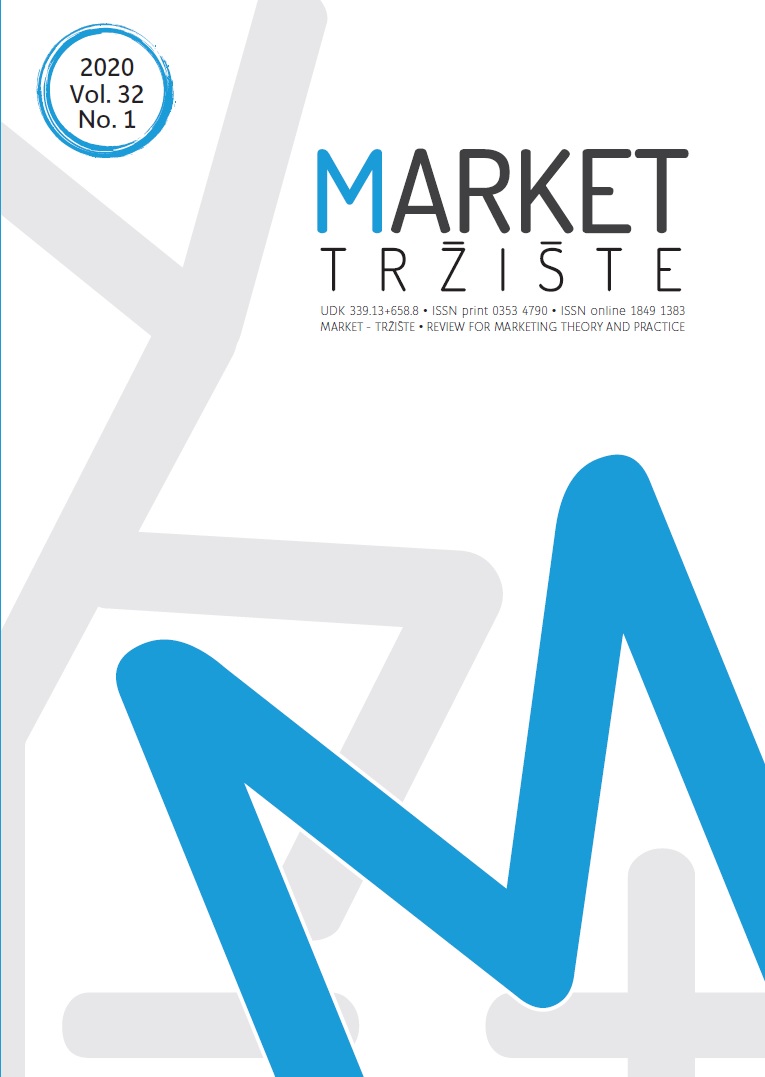Analysis of the Effectiveness of Advertising Messages. Comparison by Media, Typology, and Schedule of Advertisements
Analysis of the Effectiveness of Advertising Messages. Comparison by Media, Typology, and Schedule of Advertisements
Author(s): Margarita De-Miguel-Guzmán, Carlos Ronquillo-Bolaños, Alexander Sánchez-Rodríguez, Gelmar García-Vidal, Reyner Pérez-Campdesuñer, Rodobaldo Martínez-VivarSubject(s): Media studies, Business Economy / Management, Marketing / Advertising
Published by: CROMAR (Hrvatska zajednica udruga za marketing) i Ekonomski fakultet Zagreb
Keywords: advertisement; advertising messages; advertising media;
Summary/Abstract: Purpose – This research aims to evaluate how the effectiveness of advertisements can vary according to three fundamental variables: the time schedule of message receipt, the media, and the type of advertising message used. Design/methodology/approach – An experiment with 375 university students related to administrative careers was devised, creating 25 work groups that were stimulated by multiple advertisements with different combinations of the described variables. Subsequently, various techniques were applied to evaluate the ads used.Findings and implications – The main results showed that advertisements with musical messages have a greater capacity to be retained in the minds of their recipients; similarly, advertising messages that are transmitted through the use of audiovisual media have a greater capacity to please or attract. Limitation – The main limitation is associated primarily with the characteristics of the sample, as it is a very specific audience, where the influence of other demographic variables, including age, sex, marital status, and living conditions, was not considered. Originality – The results obtained confirm the contributions of previous studies and reveal patterns of behavior related to the impact of the media and the type of advertisement that is used in its potential to stimulate memories in the subjects receiving the message and to please the target audience, fundamentally in the messages aimed at young audiences (university students). In addition, it provides information on how some attributes that distinguish the advertisement, according to the type of advertising messages used, should be considered as an additional criterion for managers to decide on the type of the advertising message, the fair amount to use, and the most beneficial transmission schedule of such advertisements.
Journal: MARKET/TRŽIŠTE
- Issue Year: 32/2020
- Issue No: 1
- Page Range: 27-46
- Page Count: 20
- Language: English

